Grafted Mango Seedlings for Sale
At the start of every planting season in Kenya, we ensure that we have mature, grafted mango seedlings. Our main variety is the apple mango but we always have sufficient numbers of grafted Tommy, Kent, and the Apple Mangoes varieties.
| Grafted Apple Mango Seedlings for sale – |

We also do free delivery for any order of over 300 seedlings anywhere within the country.
During such deliveries, we are always happy to take a few minutes to guide you on land preparation, planting requirements, and general farm maintenance practices.
| Grafted Mango Seedlings delivered anywhere in Kenya |
We are proud to have endured long journeys and the worst roads in our efforts to reach our clients’ farms. Nothing gives us happiness as seeing new farms mushroom in Kenya’s most interior places.
We are constantly driven by the desire to see these farmers develop profitable and sustainable agroforestry projects wherever they are. You can call or WhatsApp us at 0705 855 633 | 0783 448 743. Let us make the earth generate an income for us.
Mango trees (Mangifera indica) grow best in tropical and warmer subtropical climates where there is no danger of frost. They should be planted in the spring and are generally fast-growing.
You don’t need two trees to produce fruit; a single tree has flowers with male and female parts. After flowering, mango trees bear fruit three to five months later.
Mango trees prefer a sunny spot with loose, well-draining soil. Consider the tree’s mature size when selecting a planting site, and note the site’s proximity to other plants and structures.
Container growth is an option for the smaller mango tree varieties.
We at Pasharn Fruit Nursery have the grafted dwarf varieties namely;
Kent Mangoes.
Tommy Mangoes.
Apple Mangoes.
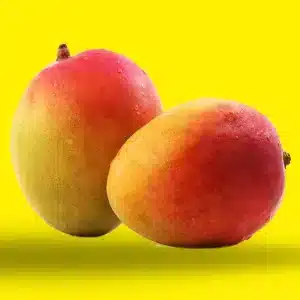
Mango trees require healthy, fertile, and well-drained soil. You must first select a mango variety and then its propagation method. The next important step is to decide on the tree spacing. Spacing between mango trees varies from variety to variety and growing environment (dry and wet zone).
In a dry zone, the spacing varies from 10 m x 10 m, because the vegetative growth is limited, while in wet and rich soils the preferred spacing is 12 m x 12 m, because of abundant vegetative growth.
The soil must be prepared and the orchard provided with a reliable source of water before the young trees can be planted.
Where necessary, mix this soil with recommended amounts of farm yard manure or tree fertilizers thoroughly,
We recommend the use of goat or cow manure which has the capability of providing the plant with necessary plants nutrients for six months, between we also recommend the use of chicken manure which is complete fertilizer that contains micronutrients nitrogen, phosphorous, and potassium as well as calcium needed by the plant at an interval of three months.
Pests and diseases
Fruit fly is the most common pests for mangoes and other fruits usually causing a lot of damage to and high losses of these fruits. The use of fruit fly traps is a popular method of controlling fruit flies among other ways. Other pests include gall midges and scale insects.
Powdery mildew and anthracnose are the most common mango diseases mainly affecting the flowers, and tender leaves and leading to the development of black lesions on mango fruits.
Powdery mildew can be controlled by spraying using Sulphur, while anthracnose can be controlled using copper fungicides.
Maturity and Harvesting
The fruit ripens three to five months after blooming. Good harvesting practices are necessary, mangos should not be removed from the tree by beating with a stick and dropping to the ground.
They should be picked by hand and if possible best to harvest with some stem (2 – 3 cm) attached to the fruit. This reduces the latex which can cover the fruit if incorrectly harvested.
Fruits are generally picked when they begin to change outer color e.g. from deep green to light green in some cultivars.
Pick fruit by hand or clip them off with a long stock (part connecting the fruit to the branch) about 2 – 3 cm and pack fruit in a single layer with stalks facing downwards in a box or crate for transportation to the market


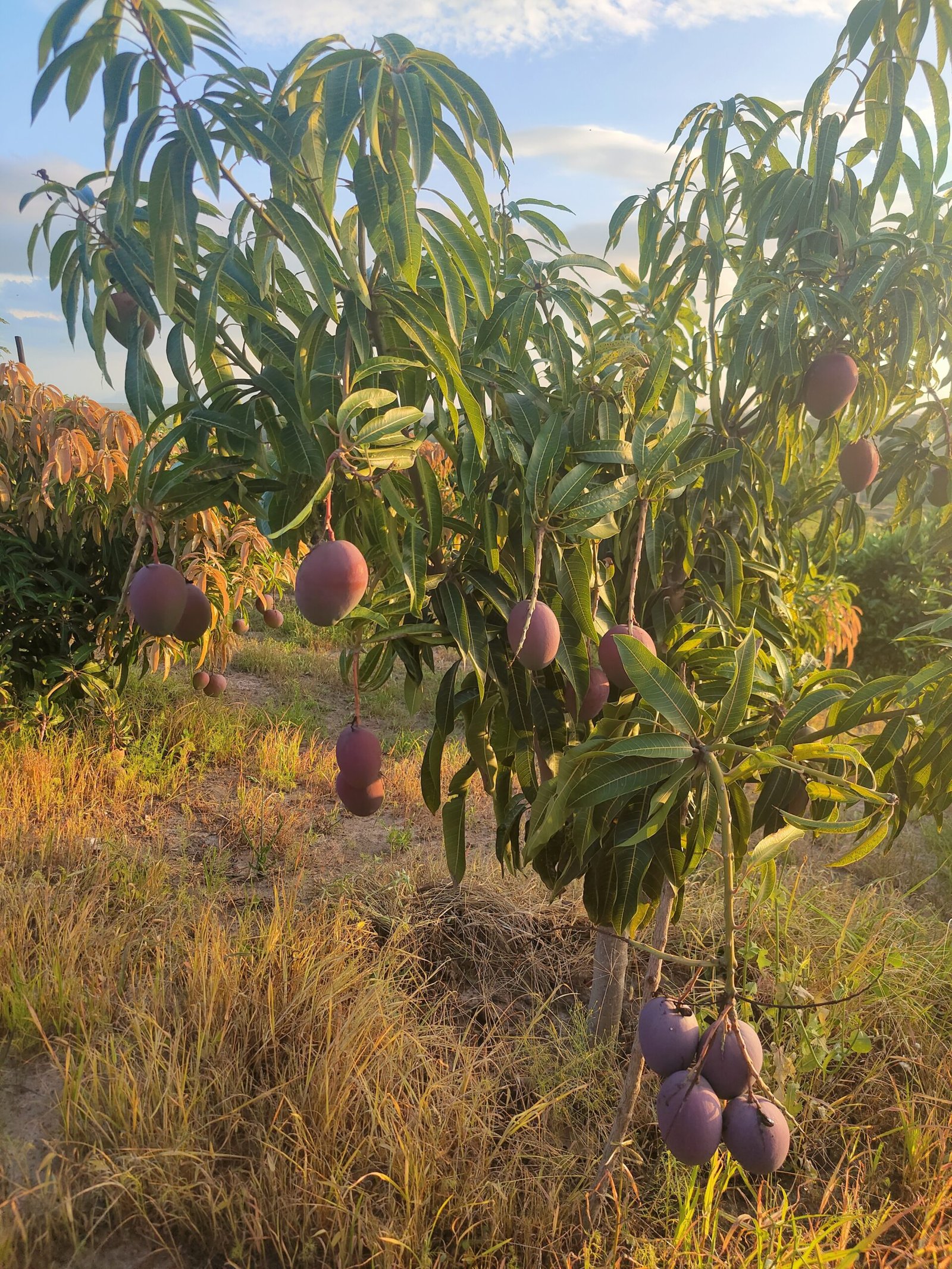
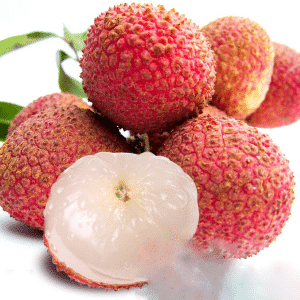
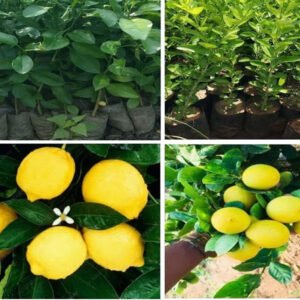

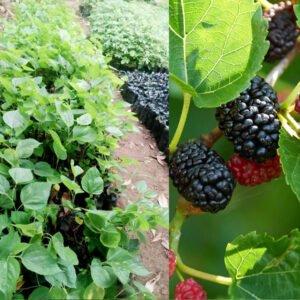
There are no reviews yet.